
Untrained parrots have been solving complex mechanical problems that involved undoing a series of locks one after another; impressive feats that scientists say reveal new levels of intelligence in birds.
The scientists, from Oxford University, the University of Vienna, and the Max Planck Institute, report on their experiments with Goffin’s cockatoos (Cacatua goffini) in the journal PLOS ONE. The same research group previously reported on experiments that showed the Goffin’s to be skilled at tool use and innovation.
The new study involved a puzzle box with food inside (a nut) located behind a transparent door secured by a series of five different interlocking devices, each one jamming the next along in the series.
To retrieve the nut the birds had to first remove a pin, then a screw, then a bolt, then turn a wheel 90 degrees, and then shift a latch sideways. One bird cracked the problem unassisted in less than two hours, and several others did it after being helped either by being presented with the series of locks incrementally or being allowed to watch a skilled partner doing it.
After the cockatoos mastered the entire sequence, the researchers investigated whether the birds had learnt how to repeat a sequence of actions or instead responded to the effect of each lock. “After they had solved the initial problem, we confronted six subjects with so-called ‘transfer tasks’ in which some locks were re-ordered, removed, or made non-functional. Statistical analysis showed that they reacted to the changes with immediate sensitivity to the novel situation,” said Goffin boffin Alice Auersperg, who led the study at the University of Vienna.
While the findings do not prove that the birds understand the physical structure of the problem as an adult human would, their behaviors indicate that they are sensitive to how objects act on each other, and that they can progress towards a distant goal without being rewarded step-by-step.
“The birds’ sudden and often errorless improvement and response to changes indicates pronounced behavioral plasticity and practical memory. We believe that they are aided by species characteristics such as intense curiosity, tactile exploration techniques and persistence: cockatoos explore surrounding objects with their bill, tongue and feet. A purely visual explorer may have never detected that they could move the locks,” noted co-researcher Auguste von Bayern, from Oxford University.
Related:
Discuss this article in our forum
Self-control makes cockatoos sophisticated traders
African Parrot “Understands” Zero
Tweet this: human language may have evolved from birdsong

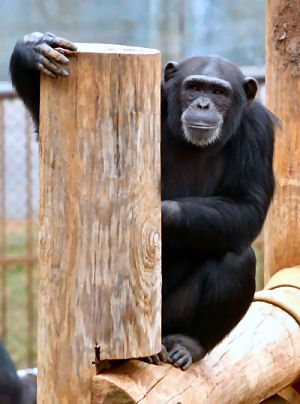

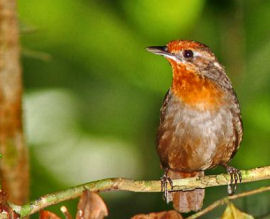
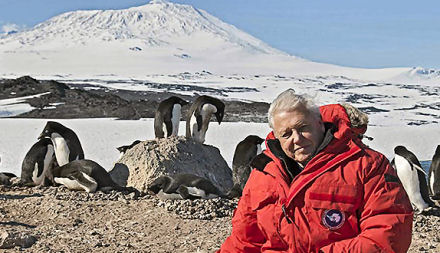




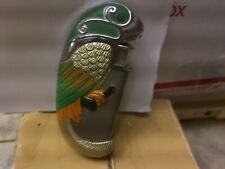

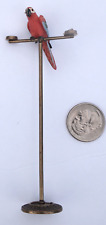



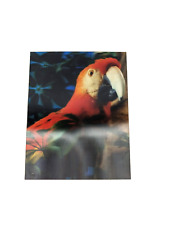


Comments are closed.